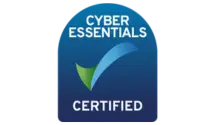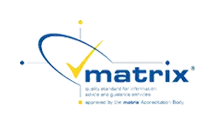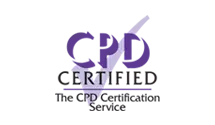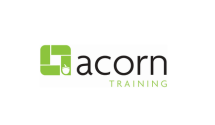Making Tax Digital (MTD) is part of the UK government's plan to modernise the tax system. This means that you need to use digital tools to manage your tax affairs and send tax information to HMRC. Here's an easy guide on how to stay compliant with MTD and make your tax processes more efficient.
Understanding MTD requirements
MTD requires businesses to keep their records digitally and use approved software to submit tax returns to HMRC. You need to move from paper records to digital ones and use software to handle your transactions and tax submissions.
For businesses registered for VAT, MTD has been mandatory since April 2019. MTD rules for income tax and corporation tax are being gradually introduced. Keep up-to-date with the latest deadlines and requirements for your business.
Choosing the right software
Pick software that is approved by HMRC and fits the needs of your business. Popular options include Xero, QuickBooks, and Sage. These tools help you record transactions, generate reports, and submit returns.
When choosing software, consider how easy it is to use, how well it integrates with your current systems, and whether it meets MTD requirements. Many software providers provide free trials or demos, so try these out to find what works best for you.
Keeping digital records
Under MTD, you must keep digital records of all your transactions, like sales and purchases. Accounting software can make this easier by automatically recording transactions and reducing manual data entry.
Make sure your digital records are accurate and up-to-date. Regularly check and match your records to avoid mistakes and ensure all transactions are properly documented.
Submitting tax returns
You need to submit your tax returns using digital tools under MTD. This means generating and sending your tax returns electronically through your approved software. Familiarise yourself with how to use your software to submit returns and set it up correctly.
Plan ahead to avoid last-minute issues. Set reminders for deadlines and double-check your returns before submitting to make sure all information is correct.
Training and support
Proper training is important for using MTD-compliant software and managing your digital records. Make sure you and your team understand how to use the new tools. Many software providers provide training and support to help you get started.
Get advice from your accountant or tax advisor. They can help with MTD compliance, software choices, and any issues that come up during the transition to digital tax management.
Monitoring and reviewing processes
Regularly check your tax processes to ensure they meet MTD requirements. Review your digital records, update your software, and make sure your tax returns are submitted correctly and on time.
Stay informed about any changes to MTD rules and adjust your processes as needed. This will help you stay compliant and make managing your tax affairs easier.
Conclusion
Mastering MTD means understanding the rules, choosing the right software, keeping accurate digital records, and submitting tax returns on time. With the right training and support, and by regularly reviewing your processes, you can stay compliant and streamline your tax management. Embracing digital tools and staying updated will make managing your tax affairs simpler and more efficient.






















